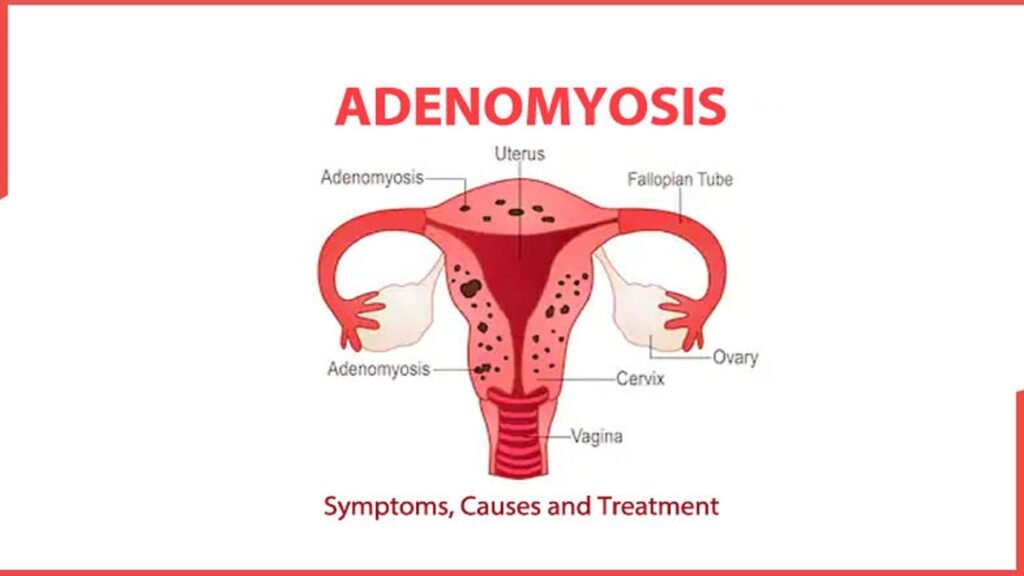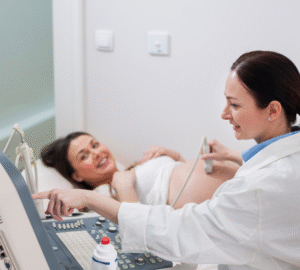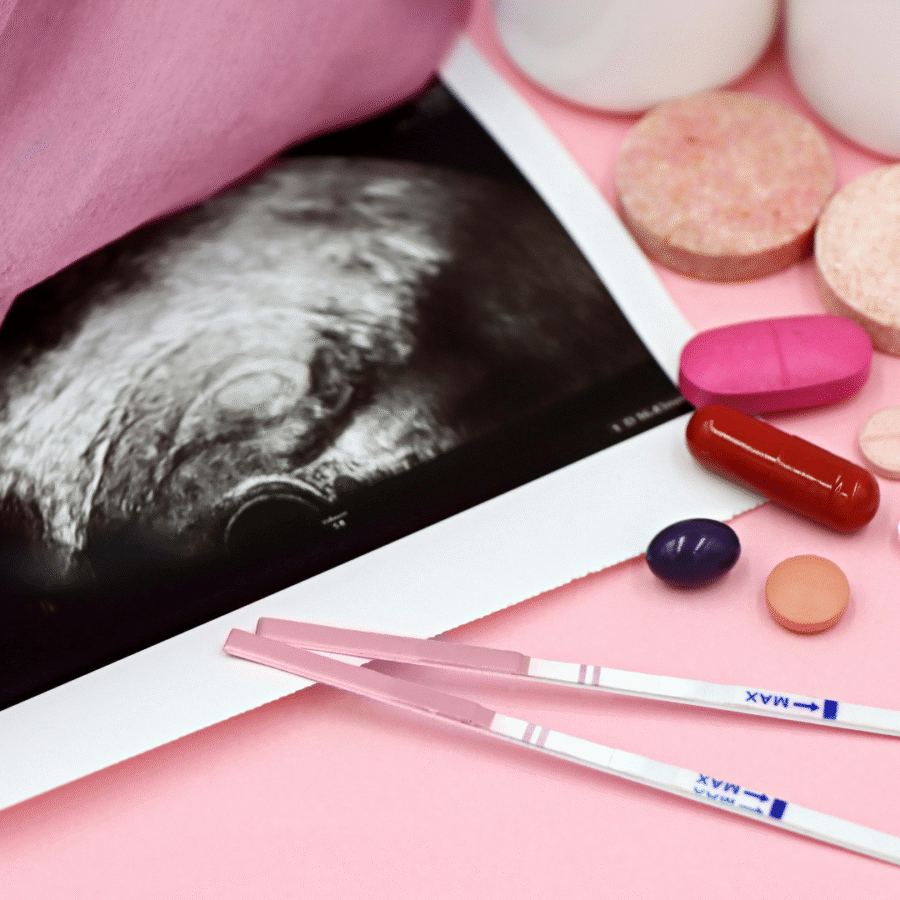Endometriois is a chronic, often painful condition impacting millions of women worldwide. At Karthika Women & Childcare, we understand the physical and emotional toll it takes. Timely and accurate diagnosis is crucial for effective management. This blog explores the current diagnostic methods for endometriois—namely laparoscopy, MRI, and ultrasound—so that you can make informed decisions about your health.
What Is Endometriois?
This occurs when tissue similar to the uterine lining grows outside the uterus. Common symptoms include pelvic pain, irregular cycles, painful intercourse, and fertility challenges. Though the spelling may vary (“endometriois” instead of “endometriosis”), the meaning and impacts remain the same. Our goal at Karthika Women & Childcare is to identify endometriois early and accurately to initiate individualized treatment plans.
Why Proper Diagnosis Matters for Endometriois
- Avoiding Delays: Women often wait years before receiving a correct endometriois diagnosis. Early detection shortens suffering and improves outcomes.
- Tailored Treatment: Each case of endometriois is unique—diagnosis guides personalized treatment plans, whether medical or surgical.
- Fertility Preservation: Women with endometriois and childbearing goals benefit from early diagnosis and interventions to preserve or improve fertility.
Diagnostic Methods for Endometriois
1. Transvaginal & Transabdominal Ultrasound
How It Works
Ultrasound uses high-frequency sound waves to visualize pelvic organs. Transvaginal ultrasound (TVUS) is inserted into the vagina for detailed pelvic imaging, while transabdominal ultrasound scans via the abdomen.
What It Detects
- Endometriomas (ovarian cysts): TVUS is highly effective in detecting these fluid-filled cysts associated with endometriois.
- Deep infiltrating lesions: In skilled hands, TVUS can detect lesions on the rectum, bladder, or uterosacral ligament.
- Pelvic adhesions or masses: Though indirect, these may suggest the presence of endometriois.
Pros & Limitations
- Pros: Non‑invasive, widely available, cost‑effective. Ideal first step in evaluation.
- Limitations: May miss superficial or small lesions; operator‑dependent; limited assessment of deep pelvic structures.
2. Magnetic Resonance Imaging (MRI)
How It Works
MRI uses magnets and radio waves to create highly detailed cross‑sectional images of pelvic tissues.
What It Detects
- Excellent for identifying deep infiltrating endometriois affecting uterosacral ligaments, bladder, bowel, and pelvic sidewalls.
- Differentiates between fibroids, adenomyosis, and other pelvic pathologies.
Pros & Limitations
- Pros: High soft‑tissue contrast; non‑invasive; reproducible; brain-to‑spinal‑pelvis scanning capabilities.
Limitations: Expensive; may require contrast dye; less available in resource‑limited settings.
3. Diagnostic Laparoscopy
How It Works
A minimally invasive surgical procedure performed under anesthesia. A small camera (laparoscope) is inserted through a small abdominal incision, allowing direct visualization of pelvic organs.
What It Detects
- Direct confirmation of endometriois lesions: superficial implants, deep infiltrating disease, adhesions, and endometriomas.
- Allows simultaneous biopsy: tissue can be sampled for histopathological confirmation.
Pros & Limitations
- Pros: Gold standard for definitive diagnosis; enables immediate surgical treatment (lesion removal, adhesion lysis).
- Limitations: Invasive; requires hospital stay; possible complications; costlier than imaging.
Comparing the Diagnostic Methods
Diagnostic Method | Strengths | Limitations | Best Use Case |
Ultrasound (TVUS / TAUS) | Non‑invasive, accessible, cost‑effective | May miss small/deep lesions; operator‑dependent | First‑line screening and evaluation |
MRI | Excellent tissue contrast; identifies deep lesions | Expensive; less accessible | Complex cases, mapping before surgery |
Diagnostic Laparoscopy | Direct visualization; biopsy; treatment in same sitting | Invasive; surgical risks; higher cost | Definitive diagnosis and management |
Diagnostic Pathway at Karthika Women & Childcare for Endometriosis
Step 1: Initial Consultation
- Comprehensive medical history: nature, duration, and severity of pelvic pain; menstrual pattern; fertility concerns.
- Pelvic examination and baseline blood tests.
Step 2: Imaging with Ultrasound
- Perform transvaginal and/or transabdominal ultrasound.
- If endometrioma or suspicious pelvic findings are present, proceed further.
Step 3: MRI for Advanced Mapping (If Indicated)
- Recommended if ultrasound is inconclusive or if deep infiltrating endometriois is suspected.
- Helps in surgical planning and fertility counseling.
Step 4: Diagnostic Laparoscopy
- Performed when imaging suggests endometriois or if symptoms persist.
- Tissue biopsy obtained for histopathology to confirm diagnosis.
- Surgeon can remove visible lesions during the procedure, offering both diagnosis and treatment.
Special Considerations for Methods for Endometriosis Fertility & Childcare
Women with endometriois who are planning to conceive or are undergoing assisted reproductive techniques benefit from early accurate diagnosis:
- Endometriois and Infertility: Deep lesions and adhesions can interfere with ovarian function and tubal patency. Early detection enables targeted interventions.
- Post‑surgical follow‑up: After laparoscopy with lesion removal, hormone therapy may be advised to reduce recurrence and support fertility.
- Multidisciplinary care: At Karthika Women & Childcare, obstetricians, fertility specialists, and pain‑management professionals collaborate to design individualized fertility plans.
Common Questions About Diagnostic Methods for Endometriosis
Which test confirms endometriois?
Laparoscopy with biopsy is the only method that definitively confirms endometriois.
Why might MRI be needed if ultrasound is done?
Ultrasound is great for initial screening, especially for ovarian cysts (endometriomas), but MRI provides detailed mapping and identifies deep lesions that may not be visible on ultrasound.
Are these methods expensive?
- Ultrasound is the most affordable and widely available.
- MRI is more costly but invaluable in complex cases.
- Laparoscopy involves surgical costs but doubles as a diagnostic and therapeutic tool.
Does diagnosis take long?
- Ultrasound typically takes minutes during an outpatient visit.
- MRI can take 30–60 minutes, plus scheduling time.
- Laparoscopy requires pre-operative evaluation and a short hospital stay—overall timing varies from days to weeks.
Post‑Diagnosis: What to Expect
Once endometriois is confirmed:
- Medical management: Hormonal treatments such as combined oral contraceptives, progestins, or GnRH analogs to manage pain and suppress disease activity.
- Pain management: NSAIDs, lifestyle modifications, diet, and physical therapy.
- Fertility planning: For those planning pregnancy, early surgical intervention followed by fertility treatments may be recommended.
- Ongoing monitoring: Regular follow‑ups and imaging to watch for recurrence or progression.
Why Choose Karthika Women & Childcare For Endometriosis Treatment?
- Expert team: Skilled gynecologists, radiologists, surgeons, fertility specialists, and pediatrics experts collaborating for complete care.
- Comprehensive diagnostics: On‑site ultrasound, access to advanced MRI, and expert laparoscopic surgery.
- Child‑friendly environment: While your condition is managed, we also care for your little ones—supporting working mothers with pediatric care and childcare facilities.
- Holistic support: Counseling, dietary guidance, and psychosocial support tailored to women living with endometriois.
Take Action Today
If you suspect you have endometriois or are experiencing pelvic pain, menstrual irregularities, or fertility concerns:
Contact Karthika Women & Childcare:
📞 Phone: +91 99728 99728
📧 Email: info@karthikawomanandchildcare.in
🌐 Website:https://karthikawomanandchildcare.in/
Address: Cloudnine thanisandra, and Sahakar Nagar
Schedule a consultation to begin your journey toward diagnosis and relief. Our team will guide you through ultrasound, MRI (if needed), and laparoscopy in a supportive and caring environment, with facilities for childcare on site if you’re bringing your child.
Lorem ipsum dolor sit amet, consectetur adipiscing elit. Ut elit tellus, luctus nec ullamcorper mattis, pulvinar dapibus leo.




